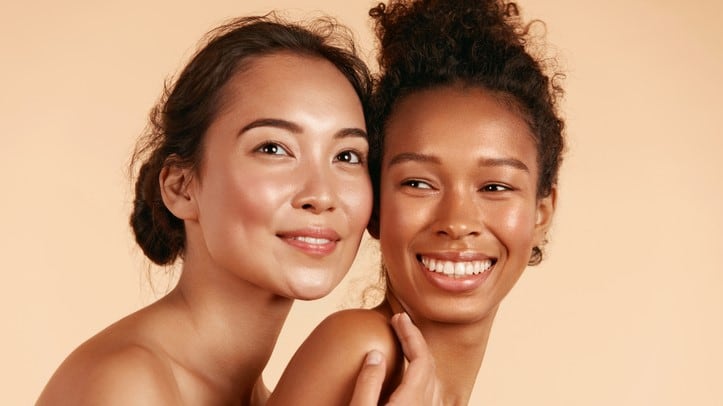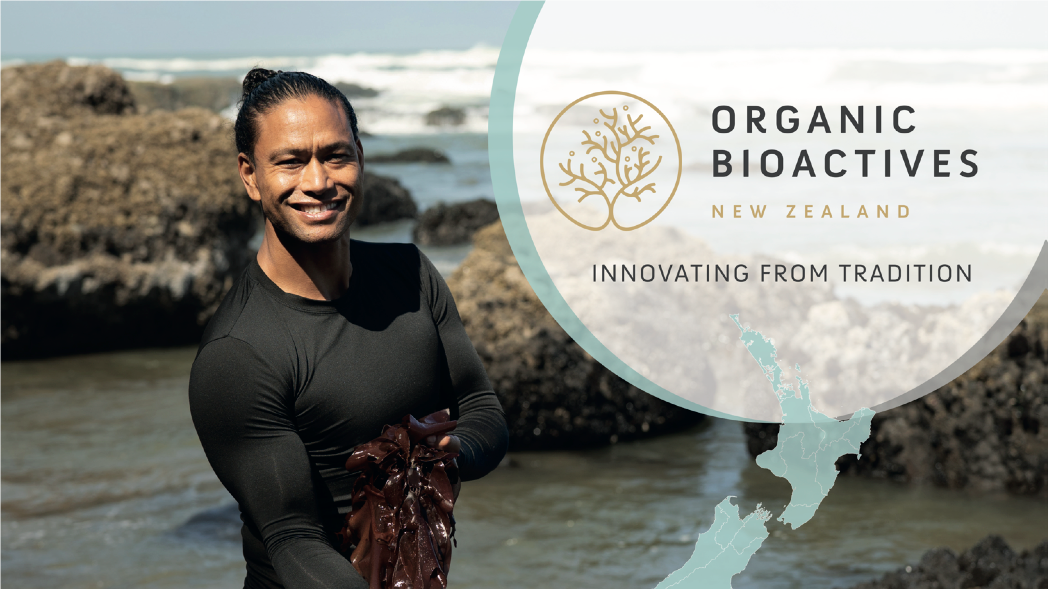Borēaline Aurora is a sustainable active ingredient derived from upcycled bark of the white pine from the forest of Quebec, Canada.
“The white pine is known as the tree of light. It’s a symbol of peace, unity and it’s seen as a protector of the forest. What is really interesting about this tree is the bark because it has a unique composition of different polyphenols such as resveratrol,” Philippe Daigle, product line manager at Lucas Meyers Cosmetics.
The unique polyphenol composition allows the active to reduce melanin synthesis by a direct and indirect cell-to-cell communication action, reduce redness caused by inflammation, and protect proteins from carbonylation.
While there are many actives that target the melanocytes in the epidermis layer of the skin, Borēaline Aurora also works against keratinocytes.
“Keratinocytes produce communication molecules which stimulate melanin synthesis. There are over 30 to 40 keratinocytes for every melanocyte in the epidermis layer, so you need to target both to get a more universal mode of action,” said Daigle.
He highlighted that the active’s ability to protect proteins from carbonylation was another key factor.
He elaborated that protein carbonylation was the main reason why the skin loses its translucency.
“Protein carbonylation is a type of oxidation and it occurs because of all the free radicals around us. This induces opacity and when skin is opaque, it will look duller, more faded and loses its translucency.”
He added that translucency was important to overall skin luminosity. “The best way to describe skin translucency is when the skin is illuminated from inside out. The effects are like shining a light through a crystal.”
All the right claims
Regional marketing manager Frederica Lam told CosmeticsDesign-Asia that Lucas Meyers Cosmetics has observed that the industry was rightly moving away from ‘unhealthy’ skin lightening claims.
“Based on the market launches and products on the shelf, we see that products are gradually shifting away from lightening claims and towards brightening and glow claims.”
However, the definitions of these claims are often open to interpretation and causing confusion among consumers.
“There's a need to set the definition right, especially in APAC,” said Lam.
To combat this, Lam said that brands needed to rely on supporting their claims with science.
“With the advancements in science and technology, we now better understand these biological actions. For instance, we know that skin complexion can be affected via different biological pathways. We also can refer to skin parameters like luminosity, redness and clarity.”
She emphasised that brands would have to support their claims with clinical studies and be more technical in evaluation, especially now that science and technological advancements has enabled the better measurement of these skin parameters.
Furthermore, she said brands could build a connection with consumers through ingredient stories and the biological actions itself, which was currently lacking in the market segment.
A marker of wellness
The firm believes the ingredient has plenty of potential in the APAC region, where dewy, glowy and glass skin trends have dominated.
Lam noted that the effect of clear, translucent and radiant skin was especially important in the region.
“In Asia, skin reflects your well-being. Especially with the pandemic, people are under tremendous stress with all the disruptions in their daily routines, irregular sleep patterns and unhealthy lifestyles. These are all conditions that affect the skin complexion.”
She added: “Most importantly, being in Asia, where our environment has a high UV index, it can actually intensify the skin inflammation and stimulate hyperpigmentation. Combining all these, you get the modern skin concerns of the APAC consumer.”
Lam concluded that the inspiration of Borēaline Aurora, the aurora borealis, was an ingredient story that has high potential to resonate with the APAC consumer.
“Each aura is unique in our shapes and colours, just like every one of us. This is something that answers specifically to the needs of the modern APAC consumer, and most importantly, it's suitable for APAC because it is a region where we have a very large and diverse population where everyone is unique in their own way."





